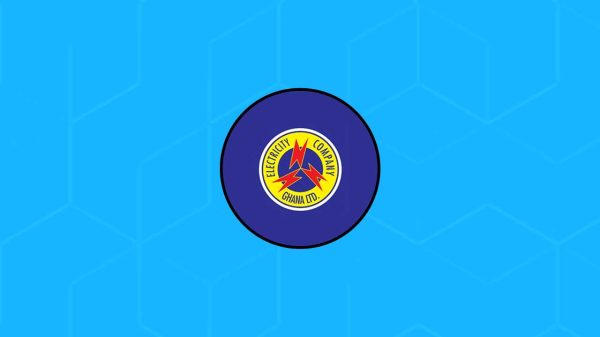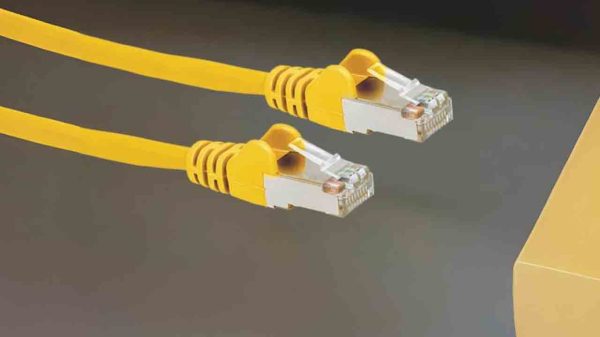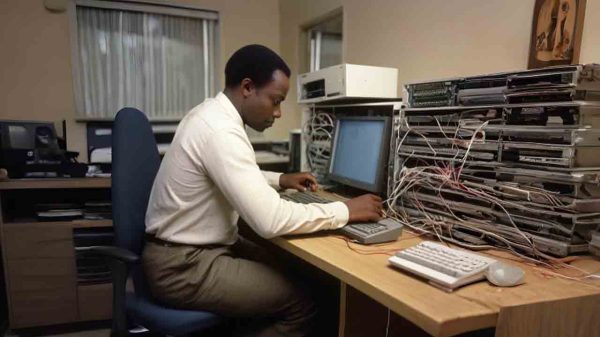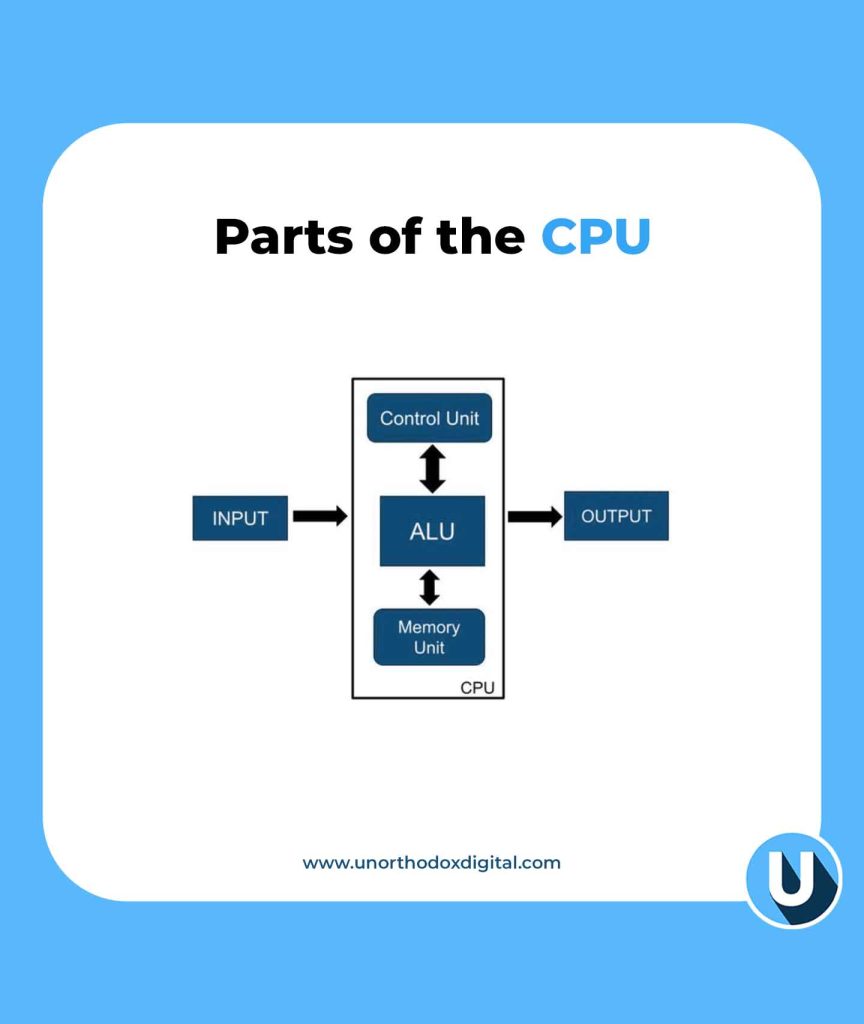Imagine your computer as a busy city. The CPU is like the mayor, making decisions, organizing tasks, and ensuring everything runs smoothly. Without it, nothing gets done. Whether you’re playing a game, watching a video, or typing a document, your CPU is at work behind the scenes. But what exactly is a CPU, and how does it function? Let’s break it down in a way that’s easy to grasp, even if you’re new to the world of computers.
What is a CPU?
The Central Processing Unit (CPU) is the brain of the computer. It takes in instructions, processes them, and produces results. Think of it like a chef in a restaurant—taking orders (instructions), cooking food (processing), and serving meals (output). Every time you click a button, open an app, or type something, your CPU is hard at work, handling all these tasks in the blink of an eye.
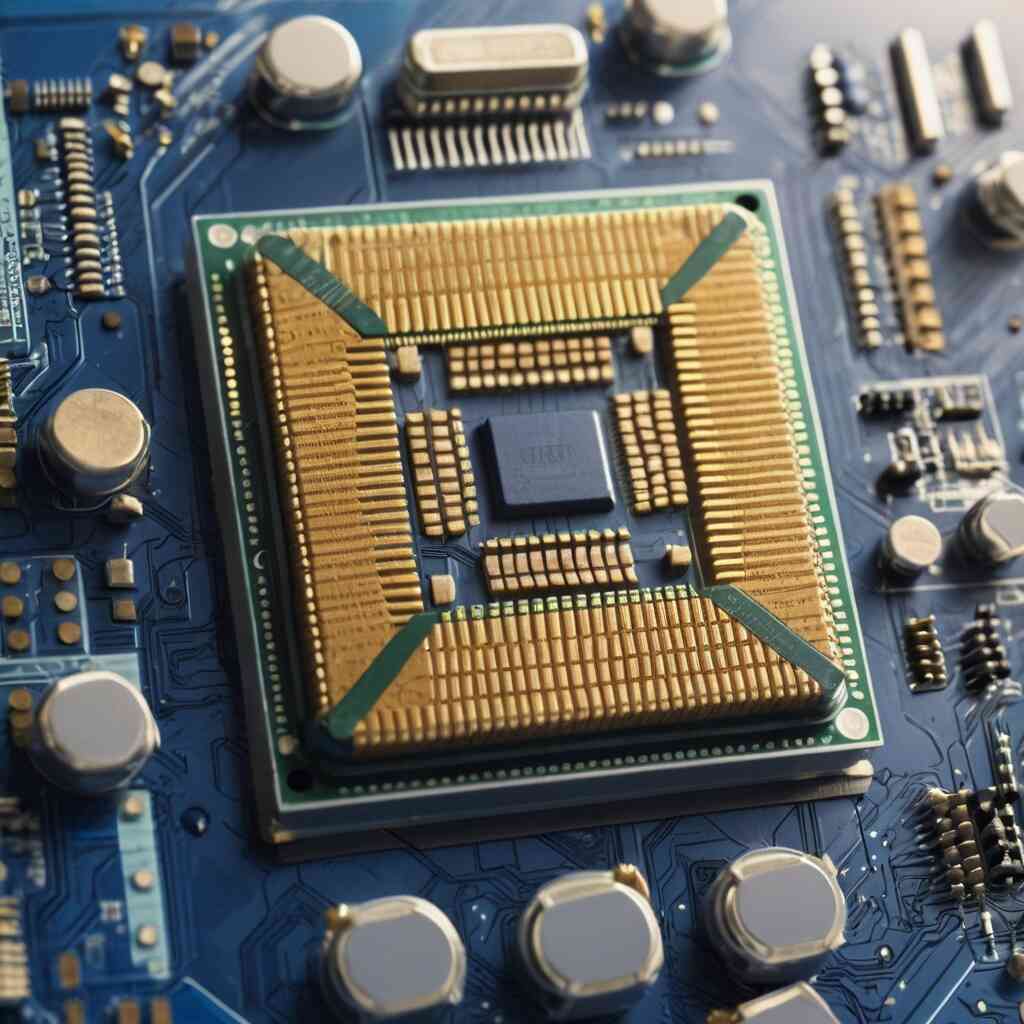
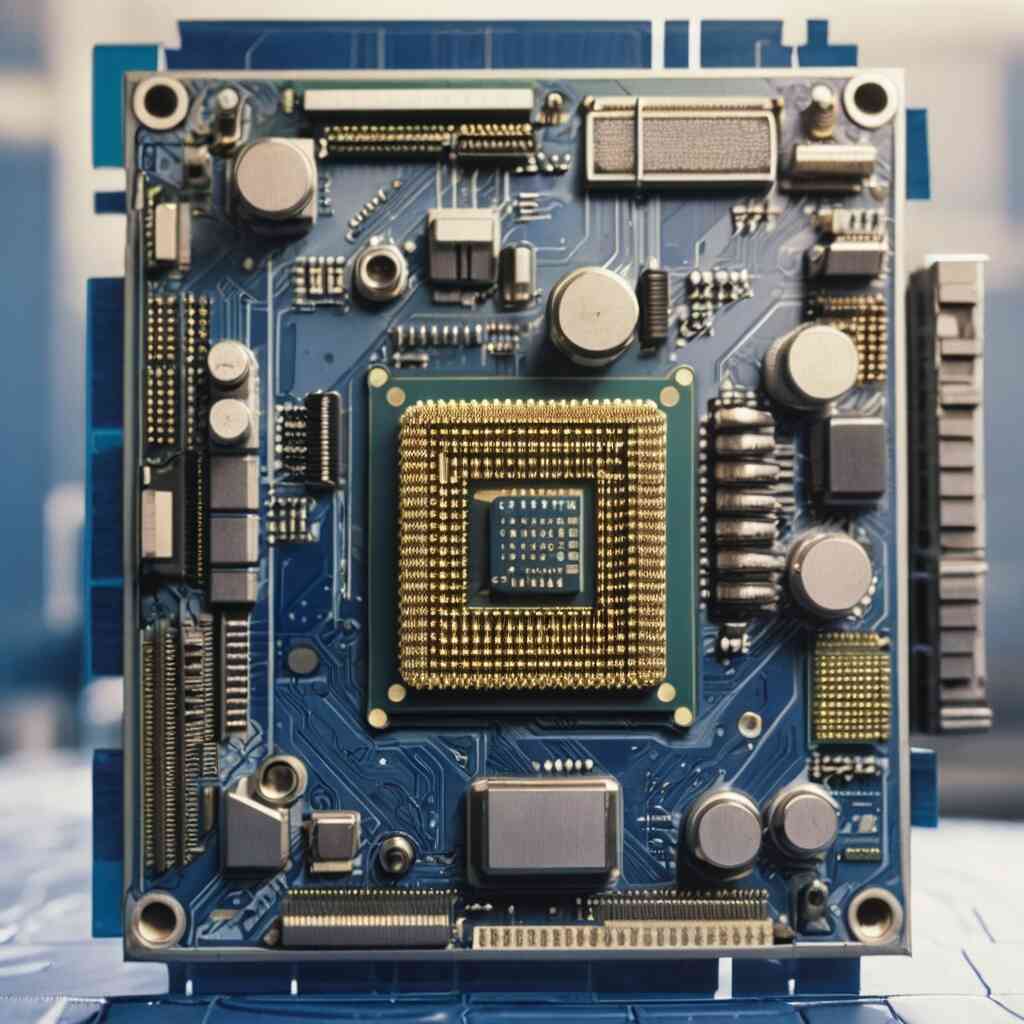
A Brief History of the CPU
CPUs have come a long way. Here’s a quick timeline of major milestones:
| Year | Milestone |
|---|---|
| 1823 | Silicon, the primary material in CPUs, was discovered. |
| 1947 | The first transistor, a key component in CPUs, was invented. |
| 1958 | The first integrated circuit (IC) was created. |
| 1971 | Intel introduced the first microprocessor, the Intel 4004. |
| 1979 | The famous Intel 8088 CPU was released. |
| 1991 | AMD released the AM386 series. |
| 2006 | Intel introduced the Core 2 Duo, a powerful multi-core processor. |
| 2017 | Intel released the first Core i9 processor. |
Each new generation of CPUs has made computers faster, more efficient, and capable of handling more complex tasks.
The Three Main Parts of a CPU
A CPU isn’t just a single piece—it has different parts that work together:
- Control Unit (CU) – Acts like a traffic officer, directing how data moves.
- Arithmetic Logic Unit (ALU) – Performs calculations and logical operations.
- Memory Unit – Stores temporary data and instructions.
Control Unit (CU)
The CU manages the flow of information inside the CPU. It tells different parts of the computer what to do and when to do it. However, it doesn’t process data itself—it just gives orders.
Arithmetic Logic Unit (ALU)
This is the part of the CPU that does the “thinking.” It handles math operations (addition, subtraction, etc.) and logical decisions (comparing numbers, making choices, etc.).
Memory Unit
The CPU needs quick access to temporary data. This is where registers, cache memory, and RAM come in. They act as short-term memory banks, holding data that the CPU is currently working on.
How Does a CPU Work?
The CPU follows a cycle called Fetch-Decode-Execute:
- Fetch – The CPU gets an instruction from memory.
- Decode – It figures out what needs to be done.
- Execute – It carries out the instruction.
- Store – The result is saved for future use.
Think of it like following a recipe: getting ingredients, reading the instructions, cooking the food, and serving it.
Different Types of CPUs
CPUs come in different types based on their capabilities:
| Type | Description |
| Single-Core | Can handle one task at a time. |
| Dual-Core | Has two cores, allowing multitasking. |
| Quad-Core | Has four cores for even better multitasking. |
| Octa-Core | Eight cores, ideal for high-performance tasks. |
What Affects CPU Performance?
Several factors determine how fast and efficient a CPU is:
- Clock Speed (GHz) – Higher speeds mean faster processing.
- Number of Cores – More cores allow multiple tasks at once.
- Cache Memory – Stores frequently used data for quick access.
- Architecture – Determines how efficiently the CPU processes data.
CPU vs. GPU: What’s the Difference?
The CPU and GPU (Graphics Processing Unit) work together but have different roles:
| Feature | CPU | GPU |
| Purpose | General computing tasks | Graphics and video rendering |
| Processing Power | Handles fewer tasks but with greater complexity | Handles many smaller tasks simultaneously |
| Best For | Running applications, browsing, multitasking | Gaming, video editing, AI computations |
Where Are Programs Stored?
Programs are stored in two main ways:
- Permanent Storage (HDD/SSD) – Where programs live when not in use.
- Temporary Storage (RAM) – Where programs are stored while they are running.
Advantages and Disadvantages of CPUs
Advantages:
- Handles a wide range of tasks – From basic calculations to running an operating system.
- Multi-core processing – Allows for multitasking.
- Software compatibility – Can run many different programs.
Disadvantages:
- Overheating – Needs cooling solutions like fans or liquid cooling.
- Power consumption – High-performance CPUs use a lot of electricity.
- Cost – High-end CPUs can be expensive.
Conclusion
The CPU is the heart of every computer, handling everything from simple tasks to complex calculations. Understanding how it works helps you appreciate why computers can do so much. Whether you’re playing a game, streaming a video, or writing a report, your CPU is always working hard to make sure everything runs smoothly.
FAQs
1. Is a CPU the same as a microprocessor?
Not exactly. All CPUs are microprocessors, but not all microprocessors are CPUs. Microprocessors can also be found in other devices like smartphones and embedded systems.
2. What are CPUs made of?
CPUs are made primarily of silicon, which is a semiconductor material.
3. What happens if a CPU overheats?
If a CPU overheats, it may slow down, crash, or even get permanently damaged. That’s why cooling systems like fans and liquid cooling are essential.
4. Can a CPU be upgraded?
Yes, but it depends on your computer’s motherboard. Some laptops have soldered CPUs that can’t be upgraded, while desktops usually allow for CPU replacements.
By now, you should have a solid understanding of what a CPU is and how it works. Next time you use a computer, take a moment to appreciate the tiny chip inside that’s making everything happen!





